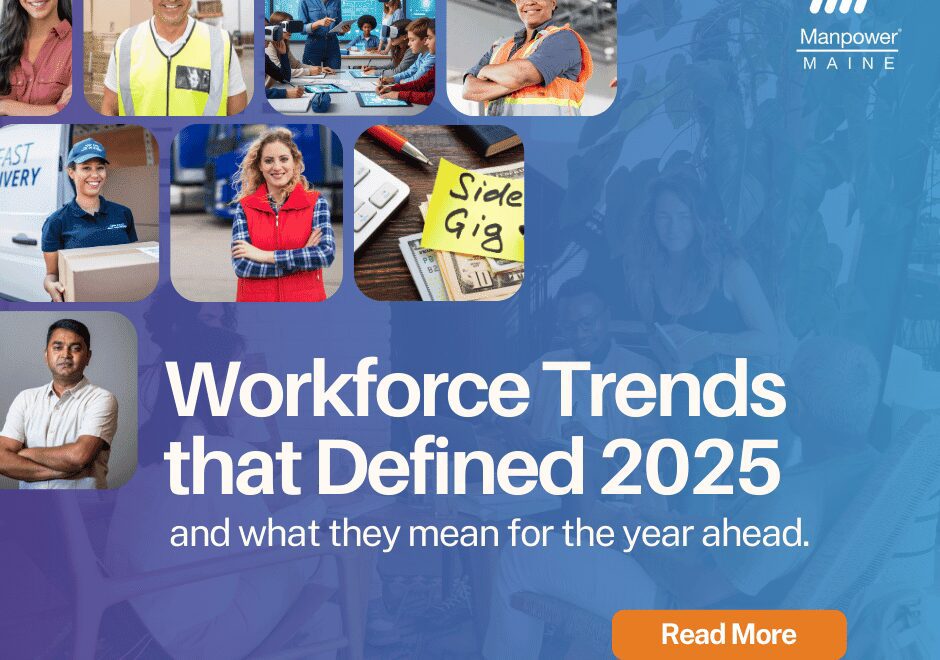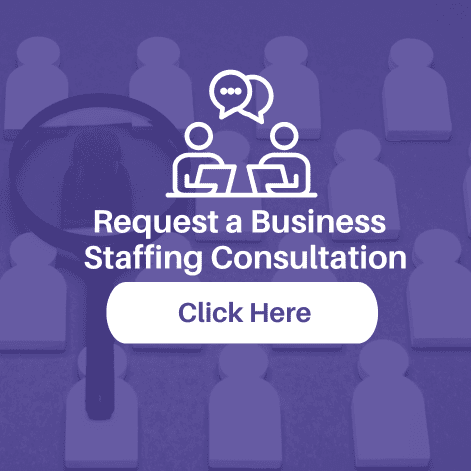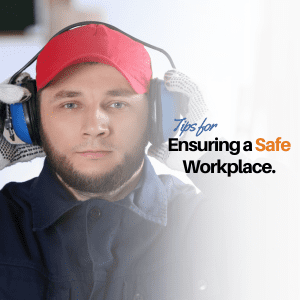Workforce Trends That Defined 2025 – And What They Mean for the Year Ahead

As we prepare to close the books on yet another year, we want to reflect on some of the standout workforce trends that we saw take shape in 2025. These trends have impacted the work we do and believe they’ll continue to play a significant role in what all business leaders and hiring managers will focus on in 2026 and beyond.
Of course, we can’t possibly capture all changes or questions about what these trends mean for your business in one simple post, but by spotlighting the biggest topics that are already making an impact on day to day operations, our hope is to give you a clearer sense of where the workforce is headed – and what opportunities and challenges may be on the horizon.
 Pay Transparency Is the Expectation
Pay Transparency Is the Expectation
While Maine hasn’t introduced pay transparency laws yet, 16 other states now require some level of wage disclosure in job ads. That movement has pushed major job boards -including Indeed – to automatically display estimated pay ranges in postings across the country. Even in states without requirements, employers are feeling the ripple effect.
What We’re Seeing
- Broader starting wage ranges in job ads, as employers work to remain competitive and visible in search results
- Greater access to real-time market wage data, giving HR and talent teams stronger evidence when building business cases for pay adjustments or compensation strategy updates
The Challenges
- Standing out beyond pay: When everyone is listing ranges, employers must elevate what differentiates them – culture, career growth, stability, flexibility – without falling back on clichés. This often means revamping recruitment marketing to better communicate your true value proposition
- An increase in pay-driven applications: More candidates are applying based solely on the posted wage rather than assessing skills or job fit. As a result, HR teams are seeing higher applicant volume but more screening work, as many candidates may not meet the actual job requirements
 Balancing Big Data, AI, & Automation
Balancing Big Data, AI, & Automation
Technology is power, but with power comes responsibility. Big data, AI, and automation continue to rapidly advance – transforming how organizations recruit, assess talent, streamline operations, and forecast future workforce needs all while organizations scramble to find out how to leverage technology and analytics without losing the critical thinking and ethical components that can only be achieved through human touch.
What We’re Seeing
- More companies embracing and using AI in the recruiting & hiring process: from initial screenings to skill-based assessments, helping hiring teams move faster while reducing repetitive administrative tasks
- Growing reliance on workforce analytics to understand turnover trends, talent availability, and compensation competitiveness
- Maintaining a human first & last approach: where AI and automation is involved but humans drive the process, make final decisions, and refine processes to ensure the best possible results
- Applicants using AI and automation for resume writing and applying to jobs
The Challenges
- Data security pressures: As companies collect more candidate and employee data, they are responsible for safeguarding that information, managing consent, and complying with evolving regulations
- De-personalizing the experience: Candidates can tell when messages and engagement is overly-automated and that can negatively impact their experience
- Making sure great people aren’t missed: Since AI learns from past data, even small inconsistencies can lead to strong candidates being filtered out before anyone sees their true potential
 Evolving Workforce Governance & Employer Obligations
Evolving Workforce Governance & Employer Obligations
Throughout 2025, workforce regulations kept evolving, from visa classifications to DEI guidance to statewide paid leave requirements. It’s a lot for employers to keep up with. But at the heart of these changes is something simple: making sure people are supported and workplaces remain fair, safe, and sustainable.
What We’re Seeing
- Rising anxiety among business leaders: the pace and uncertainty of changes coupled with traditional business demands have created an environment where many feel like they are fighting to keep their heads above water vs focusing on growth
- Thoughtful outcomes-focused approach to DEI: Employers are approaching DEI with greater intention – focusing on initiatives that genuinely support their people, rather than broad or symbolic programs. The emphasis is on clear communication, equitable hiring, transparent development, and building workplaces where everyone feels valued and able to thrive
- Passage of state-by-state workforce legislation: such as Maine’s Paid Family and Medical Leave program and Report to Work laws
The Challenges
- Keeping up with constant legislative movement: the lack of clarity, shifting timelines, and limited legal support – businesses are finding it increasingly difficult to plan and roll out these changes with limited organizational disruption
- Operational adjustments and workforce planning: New leave programs and compliance requirements often require updates to policies, handbooks, staffing models, and scheduling
- Ensuring clarity and consistency across multistate operations: For companies that may have parent organizations in other states, or hire in multiple states – keeping up with the nuances can get very complex
- Supporting people through times of change: As policies shift, employees often have questions and employers must be ready to communicate with transparency, empathy, and clarity to ease uncertainty
 Demand for Dynamic Workforce Models
Demand for Dynamic Workforce Models
As business needs shift quickly, more organizations are leaning on a mix of fulltime employees, temporary talent, contractors, freelancers, and project-based workers to stay responsive.
What We’re Seeing
- More employers embracing blended workforce strategies, combining permanent staff with temporary, contract, and gig talent to fill skill gaps and manage fluctuating demand
- Growing interest in on–demand, gig-work, and project–based staffing, especially in industries navigating unpredictable workloads or expanding rapidly. This also impacts a growing group of candidates that require more flexibility and autonomy when it comes to their schedules
- Greater appreciation for the value of specialized contingent workers, who can bring fresh expertise and keep teams moving without long onboarding cycles
The Challenges
- Managing compliance and worker classification: As workforce models expand, so does the need to stay aligned with evolving labor regulations and clear distinctions between employee types
- Willingness to rethink what you have always done: just because a staffing/scheduling model has worked “well enough” in the past – doesn’t mean that some creative adjustments couldn’t achieve results you dream of
- Ensuring clarity in roles and expectations: Dynamic models require strong processes so work doesn’t become fragmented or unevenly distributed
- Supporting managers through complexity: Leading teams with a mix of employee types requires new skills—from onboarding contingent talent effectively to ensuring everyone feels supported and engaged
At the heart of every business – no matter the trends, technologies, or economic shifts – are the people doing the work. The people at the center of your business are the reason results happen and organizations grow. That’s why it’s more important than ever to partner with a staffing provider who not only understands the latest workforce trends and navigates regulatory change but also puts people first.
And that’s exactly why businesses and job seekers continue to choose Manpower.






 With more ways to apply for work now than ever before, it’s no surprise that some job seekers are left wondering about digital etiquette and best practices. If, like most people, you are conducting your job search online, check out Manpower’s tips to help enhance your results and land that next great opportunity:
With more ways to apply for work now than ever before, it’s no surprise that some job seekers are left wondering about digital etiquette and best practices. If, like most people, you are conducting your job search online, check out Manpower’s tips to help enhance your results and land that next great opportunity:


 Establishing healthy and professional boundaries in the world of work is a critical component to long-term success for both companies and employees. Having boundaries in place sets a strong foundation for a productive, safe, and respectful work environment for all.
Establishing healthy and professional boundaries in the world of work is a critical component to long-term success for both companies and employees. Having boundaries in place sets a strong foundation for a productive, safe, and respectful work environment for all.
